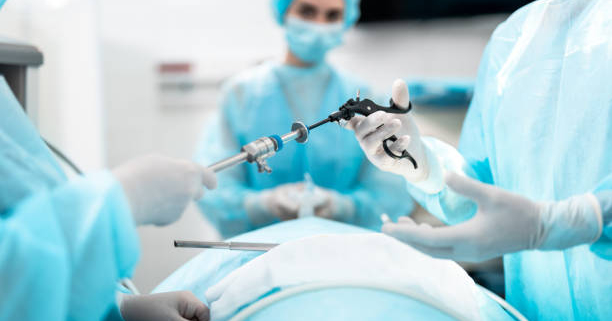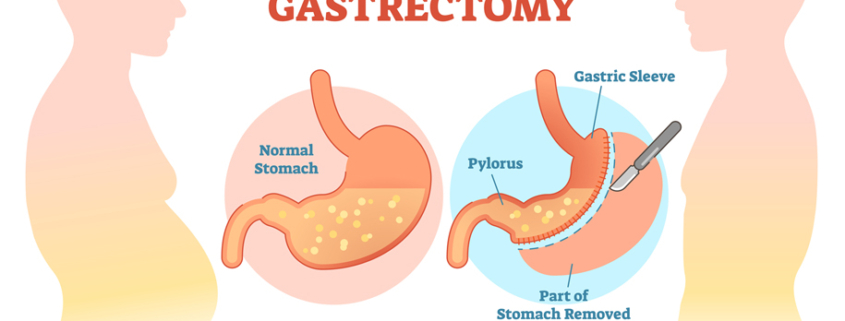Traditionally, surgery has been associated with anxiety, pain, and lengthy recovery times. However, advancements in medical technology have introduced minimally invasive procedures like laparoscopic surgery, transforming the surgical landscape.
What is Laparoscopic Surgery?
Laparoscopic surgery, also known as minimally invasive surgery (MIS) or keyhole surgery, utilizes specialized instruments and a camera called a laparoscope. Tiny incisions are made, and the laparoscope transmits magnified images from inside the body, allowing surgeons to operate with exceptional precision. At Ayushman Hospital & Health Services, we with our team of highly skilled surgeons and cutting-edge equipment, offer effective laparoscopic procedures for a wide range of conditions, enhancing patients’ quality of life.
Applications of Laparoscopic Surgery
Laparoscopic surgery’s versatility extends to various medical specialties, including:
- General Surgery: This minimally invasive approach is suitable for hernia repair, gallbladder removal, appendectomy, splenectomy, and treatment of various colon conditions.
- Gynecology: Laparoscopy aids in diagnosing and treating endometriosis, performing tubal sterilization for permanent birth control, removing benign ovarian cysts, and treating uterine conditions, including cancer.
- Urology: The procedure can address prostate cancer, bladder issues, and even remove a diseased kidney.
- Gastroenterology: Laparoscopic surgery can be used for liver tumor or cyst removal, treating severe GERD (Gastroesophageal Reflux Disease), and performing weight-loss procedures.
- Other Specialties: Laparoscopic techniques can enhance outcomes in some thoracic surgeries, joint surgeries, and spine procedures. It’s also used to treat conditions like pyloric stenosis, choledochal cysts, and undescended testes in children.
Advantages of Laparoscopic Surgery
While smaller incisions and faster recovery times are widely recognized benefits, laparoscopic surgery offers a multitude of lesser-known advantages that make it a preferred choice for patients:
- Enhanced Cosmetic Outcome: Ayushman Hospital’s skilled laparoscopic surgeons leave behind minimal, barely noticeable scars. This significantly improves cosmetic outcomes, boosting patients’ confidence as they return to their daily lives.
- Reduced Hernia Risk: Smaller incisions and minimal tissue trauma during laparoscopy significantly reduce the risk of postoperative hernias compared to traditional open surgeries.
- Improved Lung Function: Innovative laparoscopic techniques used in thoracic surgeries lead to a noticeable improvement in lung function after surgery, especially beneficial for patients with pre-existing lung conditions.
- Better Tissue Preservation: Ayushman Hospital’s laparoscopic surgeons utilize precise surgical movements, allowing for the preservation of healthy tissues surrounding the surgical site. This is particularly crucial in cancer surgeries for improved long-term outcomes.
- Less Postoperative Fatigue: Compared to traditional surgeries, laparoscopic procedures minimize postoperative fatigue and exhaustion, enabling patients to resume daily activities and work much quicker.
- Lower Risk of Adhesions: Laparoscopic surgeries significantly reduce the formation of adhesions (scar tissue) within the abdomen. This decreases the risk of bowel obstructions and future complications.
- Lower Risk of Infection: The procedure minimizes the exposure of internal organs to external contaminants, leading to a significantly reduced risk of postoperative infections.
Final Note
While laparoscopic surgery has some potential side effects, its minimally invasive nature, smaller incisions, reduced pain, faster recovery, and shorter hospital stay make it the preferred choice for treating various conditions. Ayushman Hospital is committed to providing exceptional care through our team of expert surgeons. We offer effective laparoscopic surgeries at affordable prices, aiming to improve your quality of life.





